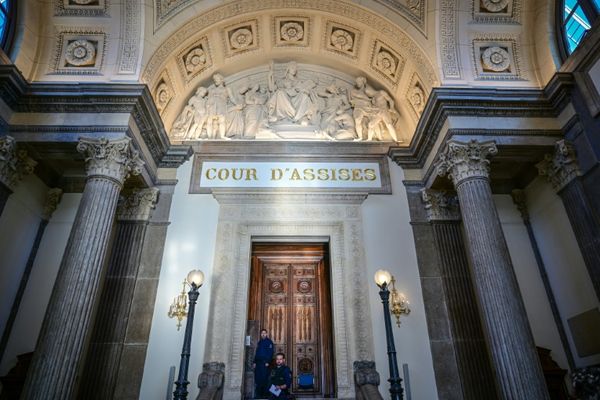
Who doesn't love a little shade on the street? A cool parking spot for the car? A bit of garden? But is disrupting traffic, inconveniencing businesses and shoppers, spending millions of baht to create a "green city" actually worth the disruption, inconvenience and cost?
In a word, yes.
When the TV experts talk about climate change, they talk about greenhouse gas-belching factories and methane spewing waste dumps. Have you ever heard anyone talk about Bangkok or Chiang Mai -- the city itself -- as a cause of climate change? Not the traffic, not the factories, not the garbage. Just the buildings themselves, the roofs and the roads?
Well, the reality is our cities are huge solar heat batteries that "charge" during the day (making your life and everyone's life more miserable) and then "discharge" at night, radiating heat, keeping the temperature high, your AC -- and your electric meter -- running into the night.
Is this a real problem?
Well, if you live in Chiang Mai at the bottom of a basin capped with an inversion without steady wind, the city itself raises the temperature by about 12C. Bangkok's the same when an inversion sets in and the ocean breezes stop.

Why? Thermal mass.
When designing a solar house, the issue is not how much sun you let in, it is how much solar heat you hold for the cold hours of the night. To hold heat, you need thermal mass, usually in the form of a cement or brick slab or thermal wall.
What is a city? It is a huge thermal mass, millions of tonnes of it. A city is black asphalt roads laid on deep beds. It is flat, black tar laid on thick, cement roofs. It is massive buildings built of cement and steel. They may have glass cladding, but the sun's energy heats the structure and penetrates the glass to warm the inside.
But our building is air conditioned, you may object; we aren't hot. But air conditioning is merely a heat exchanger. It takes heat from inside your building and shoves it outside along with the added heat generated by the AC equipment.
Are we doomed to remain trapped in this cycle? Must we suffer if we want to enjoy the pleasures of cities? Is there nothing we can do about rising temperatures, rising mortality from heat and heat supercharged, mosquitos carrying diseases, rising electricity bills, and rising GHG emissions from our power plants? Of course there is.

We can green our cities.
Luckily, here in Thailand most buildings have strong, flat roofs. Simply covering roofs with grass, potted trees or gardens that we water daily would absorb huge amounts of solar energy and remove vast amounts of pollutants from the air, too.
Singapore is a good case study of how to maximise the use of rooftop spaces and even walls. The city-state has an incentive programme that encourages building companies and property developers to integrate rooftop gardens and vertical plant walls into their establishments. Since 2009, the scheme has installed more than 100 buildings with green roofs, rooftop gardens, edible gardens, and green walls.
Unfortunately, many areas in our cities are needlessly paved over when they could be planted with grass or trees. The major roads running through our cities are often divided by metre-wide strips of concrete that could be replaced by grass between the curbs. Our cities' roundabouts are cemented over, but could be grassed instead. Many traffic lights could be replaced by roundabouts that would reduce traffic jams and accident rates, and offer more opportunities for greening. These are not earth-shaking legislative matters. These are mere regulatory items that can improve the quality of life for millions of people with the stroke of a pen.
If we wanted to be really set ourselves up as a world leader, we could sharply restrict the access of vehicles to downtown areas. This would require the construction of big, bold public transportation systems, huge parking areas outside cities and the provision of hundreds of electric buses and taxis. It would, however, eliminate the perennial traffic jam, minor accident and parking problems that plague us today and waste so much time, money and manpower. It would also permit many small streets to be converted to day-time walking streets (deliveries of goods and, for example, construction materials, limited to specific, off-peak hours). These walking streets would be grass-covered, tree-lined and perhaps even covered with vine-entangled pergolas. They would dramatically improve the shopping and dining experience of customers. Taking such measures would call for leadership and political will. But when better to undertake them than now with tourism and the economy depressed, and the nation in need of a meaningful vision to pursue?
The Benjakitti Forest Park initiative and the opening of several other parks in Bangkok in recent years have been well received by the public and show the government is taking some strong steps in the right direction. But let's go further. Let's take the environmental lead in Asean from Singapore and green our cities. Not just figuratively, but literally, all over.
Dr Michael Shafer is a professor emeritus of political science at Rutgers University and the co-founder of Warm Heart Foundation, based in Chiang Mai.







